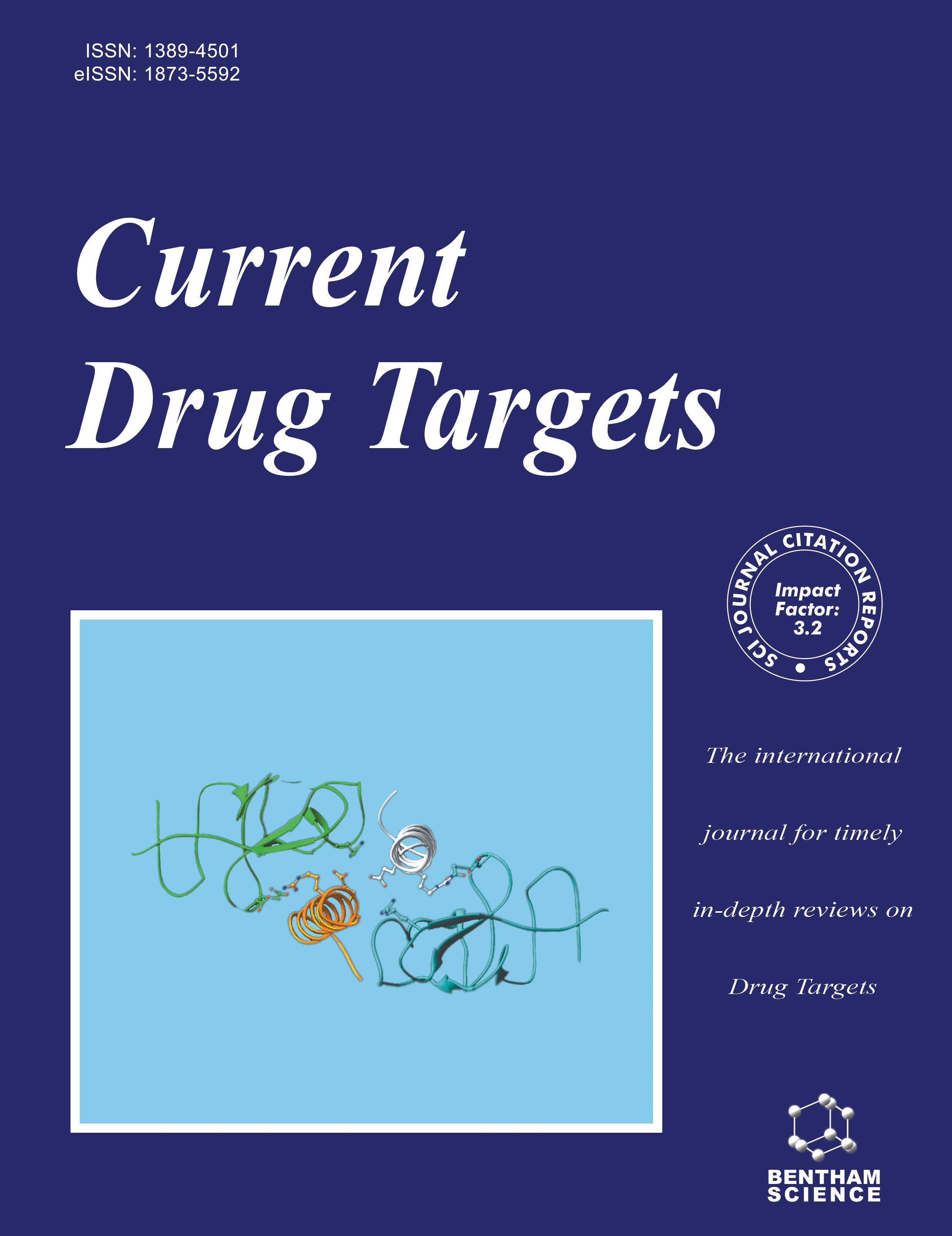
Full text loading...
We use cookies to track usage and preferences.I Understand
Skin cancer is a significant health concern, affecting millions of individuals globally on an annual basis. According to data from the World Health Organization, it stands as the most prevalent form of cancer within the white population. Current treatments for skin cancer typically involve a combination of chemotherapy, radiation therapy, and surgery. However, these methods often come with drawbacks, such as side effects and potential scarring. Therefore, there is a growing need for alternative treatments that can offer effective results with fewer adverse effects, driving ongoing research in skin cancer therapy. The advancement of immune checkpoint inhibitors has been facilitated by a more profound comprehension of the interplay between tumors and the immune system, along with the regulatory mechanisms governing T-cells. As cancer treatment continues to evolve, immunotherapy is emerging as a powerful strategy, leading to a growing interest in the role of immunological checkpoints in skin cancer. Various types of immune checkpoints and their expression, including PD-1, PDL-1, CTLA-4, lymphocyte activation gene 3, and B7-H3, along with their blockers and monoclonal antibodies, have been established for various cancers. PD-1, PDL-1, and CTLA-4 are crucial immune system regulators, acting as brakes to prevent T-cell overactivation and potential autoimmunity. However, tumors can exploit these checkpoints to evade immune detection. Inhibiting these immune checkpoints can enhance the body's ability to recognize and attack cancer cells. This review focuses on the characteristics of PD-1, PDL-1, and CTLA-4 immune checkpoints, their mechanism of action, and their role in skin cancer. Additionally, it summarizes the ongoing clinical trials sponsored or conducted by various pharmaceutical companies and provides insights into the latest patent data.

Article metrics loading...

Full text loading...
References


Data & Media loading...

